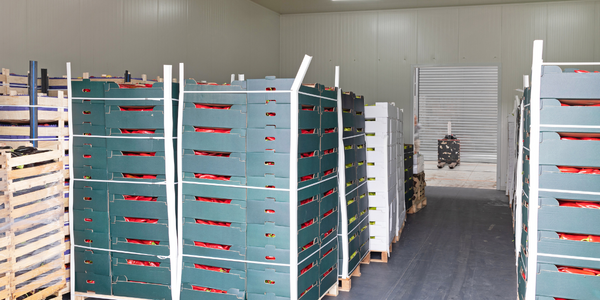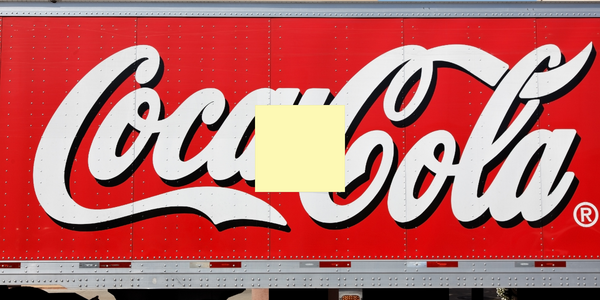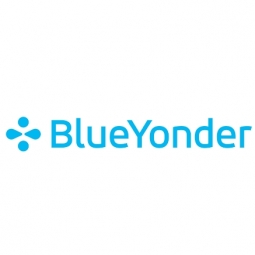Customer Company Size
Large Corporate
Region
- Asia
Country
- Israel
Product
- JDA Demand
- JDA Fulfillment
- JDA Master Planning
Tech Stack
- Supply Chain Planning Software
- Inventory Management Software
- Demand Forecasting Software
Implementation Scale
- Enterprise-wide Deployment
Impact Metrics
- Cost Savings
- Customer Satisfaction
- Productivity Improvements
Technology Category
- Platform as a Service (PaaS) - Data Management Platforms
Applicable Industries
- Food & Beverage
Applicable Functions
- Logistics & Transportation
- Warehouse & Inventory Management
Use Cases
- Demand Planning & Forecasting
- Inventory Management
- Supply Chain Visibility
Services
- Software Design & Engineering Services
- System Integration
About The Customer
Tnuva Food Industries Ltd. is a leading food company that puts the consumer first and meets the demands of its competitive local market. The company is adapting to advanced global markets while implementing major structural changes. Tnuva Dairy, Tnuva’s largest business unit, operates in five dairies and distribution centers throughout Israel, including two of the most advanced and sophisticated logistics centers in the world. The company strives to ensure product freshness and quality, despite the short lifespan of their products.
The Challenge
Tnuva Food Industries Ltd., a major player in the food industry, was facing challenges in efficiently delivering its highly perishable products to the right place at the right time and in the correct quantities. The company aimed to achieve high service levels while minimizing excess inventory. The short lifespan of their products added to the complexity of the situation. The company needed a solution that could support operations in five dairies and distribution centers throughout Israel, including two of the most advanced and sophisticated logistics centers in the world.
The Solution
Tnuva Dairy, Tnuva’s largest business unit, implemented supply chain planning solutions from JDA Software. The company used JDA Demand to forecast future demand for its dairy products through collaboration with internal stakeholders and external trading partners, resulting in a consensus demand plan. The team used JDA’s demand segmentation and classification capabilities to identify demand patterns for its products and determine the appropriate forecasting methodology for every stage of the product lifecycle. Tnuva Dairy also implemented JDA Fulfillment to create optimal, time-phased inventory plans. The solution provided greater visibility, helping Tnuva Dairy improve its service levels. The company is also leveraging its current JDA solution investment by adopting JDA Master Planning, from JDA’s Manufacturing Planning suite, to extend existing planning capabilities and leverage production planning processes.
Operational Impact
Quantitative Benefit

Case Study missing?
Start adding your own!
Register with your work email and create a new case study profile for your business.
Related Case Studies.

Case Study
The Kellogg Company
Kellogg keeps a close eye on its trade spend, analyzing large volumes of data and running complex simulations to predict which promotional activities will be the most effective. Kellogg needed to decrease the trade spend but its traditional relational database on premises could not keep up with the pace of demand.

Case Study
HEINEKEN Uses the Cloud to Reach 10.5 Million Consumers
For 2012 campaign, the Bond promotion, it planned to launch the campaign at the same time everywhere on the planet. That created unprecedented challenges for HEINEKEN—nowhere more so than in its technology operation. The primary digital content for the campaign was a 100-megabyte movie that had to play flawlessly for millions of viewers worldwide. After all, Bond never fails. No one was going to tolerate a technology failure that might bruise his brand.Previously, HEINEKEN had supported digital media at its outsourced datacenter. But that datacenter lacked the computing resources HEINEKEN needed, and building them—especially to support peak traffic that would total millions of simultaneous hits—would have been both time-consuming and expensive. Nor would it have provided the geographic reach that HEINEKEN needed to minimize latency worldwide.

Case Study
Energy Management System at Sugar Industry
The company wanted to use the information from the system to claim under the renewable energy certificate scheme. The benefit to the company under the renewable energy certificates is Rs 75 million a year. To enable the above, an end-to-end solution for load monitoring, consumption monitoring, online data monitoring, automatic meter data acquisition which can be exported to SAP and other applications is required.

Case Study
Coca Cola Swaziland Conco Case Study
Coco Cola Swaziland, South Africa would like to find a solution that would enable the following results: - Reduce energy consumption by 20% in one year. - Formulate a series of strategic initiatives that would enlist the commitment of corporate management and create employee awareness while helping meet departmental targets and investing in tools that assist with energy management. - Formulate a series of tactical initiatives that would optimize energy usage on the shop floor. These would include charging forklifts and running cold rooms only during off-peak periods, running the dust extractors only during working hours and basing lights and air-conditioning on someone’s presence. - Increase visibility into the factory and other processes. - Enable limited, non-intrusive control functions for certain processes.

Case Study
Temperature Monitoring for Restaurant Food Storage
When it came to implementing a solution, Mr. Nesbitt had an idea of what functionality that he wanted. Although not mandated by Health Canada, Mr. Nesbitt wanted to ensure quality control issues met the highest possible standards as part of his commitment to top-of-class food services. This wish list included an easy-to use temperature-monitoring system that could provide a visible display of the temperatures of all of his refrigerators and freezers, including historical information so that he could review the performance of his equipment. It also had to provide alert notification (but email alerts and SMS text message alerts) to alert key staff in the event that a cooling system was exceeding pre-set warning limits.

Case Study
Coca-Cola Refreshments, U.S.
Coca-Cola Refreshments owns and manages Coca-Cola branded refrigerators in retail establishments. Legacy systems were used to locate equipment information by logging onto multiple servers which took up to 8 hours to update information on 30-40 units. The company had no overall visibility into equipment status or maintenance history.







